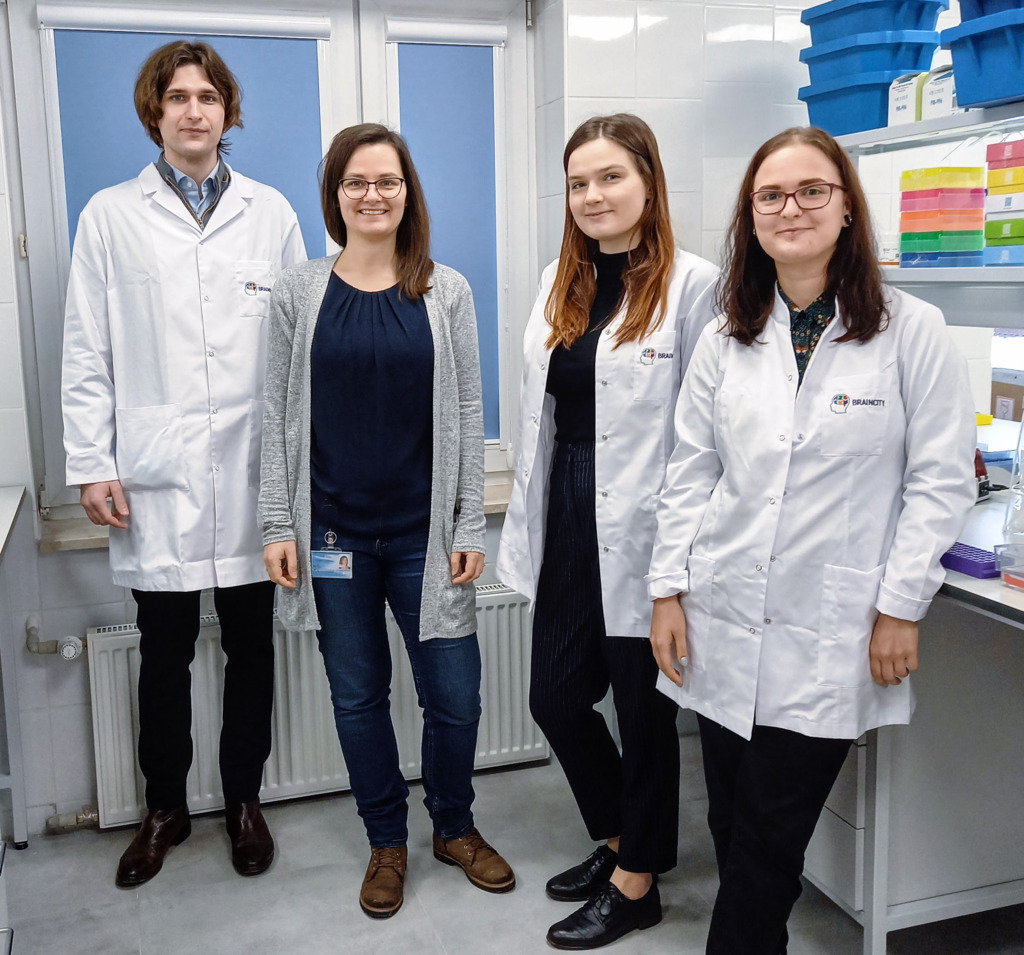- Head of laboratory
- Technician and administration staff
- PhD Students
- Research Profile
- Current activities
- Selected publications
Head of laboratory

Research Profile
One of the brain’s most unique features is its ability to constantly change and adapt to its environment. The capacity to create or loose connections and strengthen or weaken them in response to the surrounding world is the cellular basis of learning. During the development, when brain circuits rapidly rewire, one of the cellular mechanisms of the increased capacity to learn is the existence of silent synapses.These are immature connections that do not participate in basal synaptic transmission (hence the term “silent”) but are easily recruited during learning processes. Thus, silent synapses are the substrates for enhanced learning. Yet, their function does not end in early life. Our research on cocaine addiction shows that silent synapses transiently reappear during addiction-related learning, which is considered as a pathological, extremely durable form of memory. We showed that these synapses are likely to be newly formed synaptic contacts that later, during drug withdrawal, become fully functional connections and contribute to the development of addiction-related behaviours. Our findings, therefore, prove that the brain preserves the ability to silence and unsilence synapses throughout adulthood but the mechanisms that drive the formation of silent synapses in various forms of learning is yet to be explained. Our research aims to bridge the knowledge gap between the phenomenon of silent synapse existence in adult brains and their actual function in learning and memory.
More information on the web page https://berounlab.nencki.edu.pl/home
Current activities
- Synaptic plasticity of appetitive learning – the role of silent synapses in natural and addictive rewards processing
- Two-photon in vivo imaging of amygdalar neuronal ensembles engaged in appetitive learning
Selected publications
Salamian A, Legutko D, Nowicka K, Badyra B, Kaźmierska-Grębowska P, Caban B, Kowalczyk T, Kaczmarek L, Beroun A. (2021) Inhibition of Matrix Metalloproteinase 9 Activity Promotes Synaptogenesis in the Hippocampus. Cereb Cortex in press
Beroun A, Nalberczak-Skóra M, Harda Z, Piechota, M Ziółkowska, M Cały, A, Pagano R, Radwanska K. (2018) Generation of silent synapses in dentate gyrus correlates with development of alcohol addiction. Neuropsychopharmacol. 43: 1989-1999.
Shukla A, Beroun A, Panopoulou M, Neumann PA, Grant SG, Olive MF, Dong Y, Schlüter OM. (2017) Calcium-permeable AMPA receptors and silent synapses in cocaine-induced place preference. EMBO J. 36: 458-474.
Stefaniuk M, Beroun A, Lebitko T, Markina O, Leski S, Meyza K, Grzywacz A, Samochowiec J, Samochowiec A, Radwanska K, Kaczmarek L. (2017) Matrix metalloproteinase-9 and synaptic plasticity in the central amygdala in control of alcohol-seeking behavior. Biol. Psychiatry 81: 907-917.
Suska (Beroun) A, Lee BR, Huang YH, Dong Y, Schlüter OM. (2013) Selective presynaptic enhancement of the prefrontal cortex to nucleus accumbens pathway by cocaine. PNAS. 110: 713-718.
Lee BR, Ma YY, Huang YH, Wang X, Otaka M, Ishikawa M, Neumann PA, Graziane NM, Brown TE, Suska (Beroun) A, Guo C, Lobo MK, Sesack SR, Wolf ME, Nestler EJ, Shaham Y, Schlüter OM, Dong Y. (2013) Maturation of silent synapses in amygdala-accumbens projection contributes to incubation of cocaine craving. Nat. Neurosci. 16: 1644-1651.

